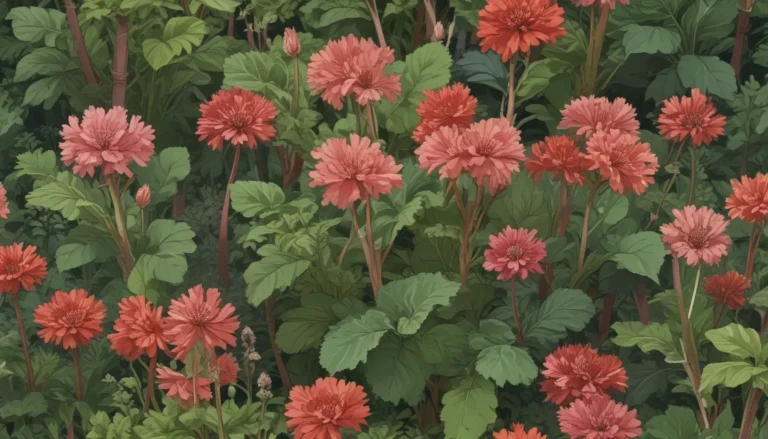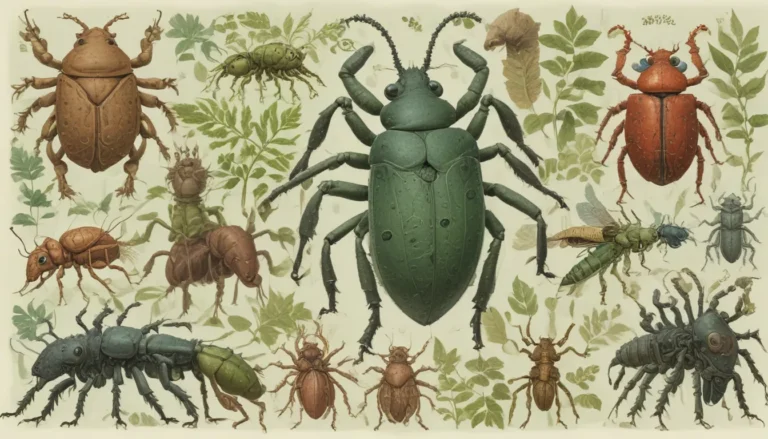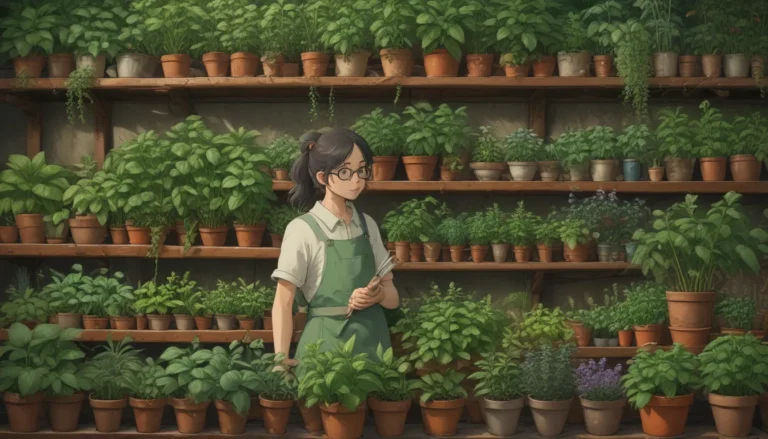Everything You Need to Know About Growing Curly Endive and Escarole

Are you tired of the same old salad routine? Looking to add a new leafy green to your garden that will spice up your meals? If so, then curly endive and escarole might be just what you need.
These cool-weather greens offer a slightly bitter flavor that can add a unique twist to your salads. Whether you’re a seasoned gardener or new to the world of leafy greens, growing endive can be a rewarding experience.
In this comprehensive guide, we’ll cover everything you need to know to successfully grow curly endive and escarole in your garden, from planting to harvesting and everything in between. So, sit back, relax, and let’s dive into the world of growing these delicious greens.
What Is Endive?
Endive, also known as escarole or frisee, is a cool-weather leafy green with slightly bitter leaves. There are two main types of cultivated endive: curly and broad-leaved. Curly endive (Cichorium endivia var. crispum) is often called frisee, while the broad-leaved type (Cichorium endivia var. latifolia) is known as escarole.
These greens offer a unique flavor profile that can range from subtle to bold bitterness, making them a versatile addition to salads and other dishes. Endive is rich in vitamins C and K, as well as the flavonoid kaempferol, which has been linked to various health benefits.
Cultivation and History
Endive has a rich history that dates back to ancient civilizations in the Mediterranean, northern Africa, and India. Egyptians and Greeks cultivated escarole for use in salads, while frisee became popular in central Europe after the 1500s. Today, endive is a staple in French, Belgian, and Dutch cuisines, with an increasing number of North American growers adding it to their crops.
Propagation
Endive can be grown year-round in suitable climates. Sow seeds in early spring, fall, or even winter, depending on your growing season. The ideal growing conditions for endive include well-draining, fertile soil with a pH between 6.5 and 7.8. You can start seeds indoors or sow them directly in the ground, depending on your climate and growing preferences.
How to Grow
To grow healthy endive plants, ensure the soil stays moist but not wet, as dry conditions can lead to bitterness in the leaves. Water frequently to promote rapid growth, as endive has shallow roots that require regular moisture. Harvest the leaves as needed or wait for the entire plant to mature before harvesting.
For container growing, use a one-gallon container with well-draining potting mix and monitor soil moisture levels closely. Consider blanching the plants to reduce bitterness and improve the flavor of the leaves.
Growing Tips
- Keep the soil moist but not wet.
- Fertilize with a nitrogen-dominant mixture.
- Blanch plants to get a less bitter heart.
Cultivars to Select
Endive cultivars offer a range of flavors, textures, and growing characteristics. Some popular varieties to consider include:
- Broadleaf Batavian
- De Louviers
- Full Heart Batavian
- Galia Frisee
- Green Curled Ruffec
- Grosse Boucle
- Rhodos
- Salad King
Each cultivar has unique qualities that can enhance your garden and culinary experiences. Experiment with different varieties to find the ones that suit your preferences and growing conditions.
Managing Pests and Disease
Like any garden crop, endive is susceptible to pests and diseases that can impact plant health and productivity. Common pests include deer, rabbits, aphids, slugs, snails, and thrips. Prevention and early intervention are key to managing these issues effectively.
Diseases such as anthracnose, bottom rot, damping off, and downy mildew can also affect endive plants. Regular monitoring, proper hygiene practices, and targeted treatments can help prevent and control these diseases in your garden.
Quick Reference Growing Guide
- Plant Type: Leafy biennial vegetable
- Hardiness (USDA Zone): 4-9
- Season: Spring, fall
- Exposure: Full sun to part shade
- Time to Maturity: 40-100 days
- Spacing: 12 inches
- Water Needs: Moderate
Consider this Quick Reference Growing Guide as a handy tool to help you successfully grow curly endive and escarole in your garden.
Harvesting
Endive leaves can be harvested as needed or the entire plant can be harvested when ready for use. Keep an eye on plant maturity, weather conditions, and any signs of bolting or flowering to determine the best time to harvest. Store harvested endive in the refrigerator for up to five days, washing before use.
Recipes and Cooking Ideas
Endive can be used in various dishes, including salads, wraps, soups, and more. Experiment with different flavor combinations and cooking techniques to make the most of this versatile green. Consider pairing endive with seasonal ingredients like persimmons, pomegranates, and winter squash for added depth and flavor.
To get you started, here’s a simple recipe for endive soup:
- Chop the leaves from two heads of endive and simmer in two cups of vegetable stock until wilted.
- Add a cup of peas and cook for two more minutes.
- Blend the mixture and add cream, milk, nutmeg, cayenne powder, salt, and pepper to taste.
- Top with sour cream and chives before serving.
Get creative with your endive recipes and explore new ways to enjoy this flavorful green in your meals.
Add Exciting Endive to Your Greens Garden
Growing curly endive and escarole in your garden can open up a world of culinary possibilities. Whether you’re a seasoned gardener or new to growing leafy greens, endive offers a unique flavor and texture that can enhance your salads and dishes.
Experiment with different cultivars, growing techniques, and recipes to make the most of your endive harvest. With proper care and attention, you can enjoy a bountiful harvest of flavorful, nutritious greens to enjoy throughout the growing season.
So, why not add some excitement to your greens garden by growing curly endive and escarole this season? Happy gardening and happy eating!





